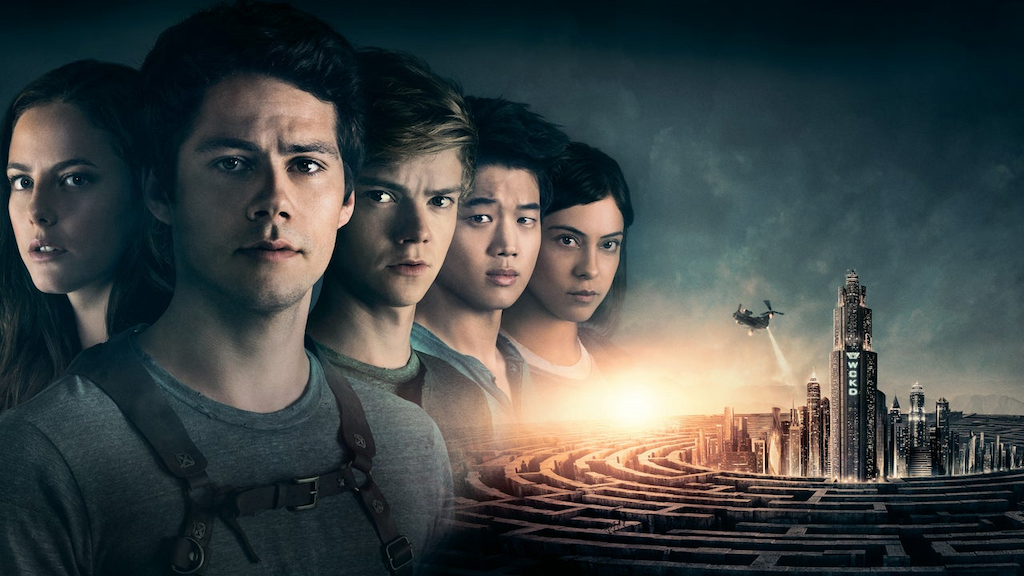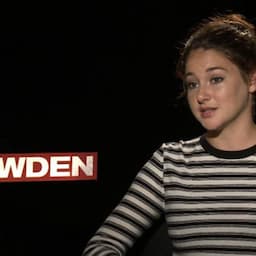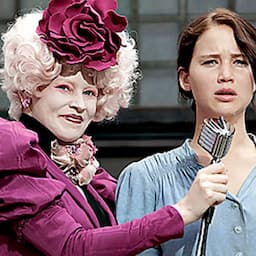That once-bright post-apocalyptic YA boom was already burning out when 'The Death Cure' was originally meant to be released.
What even happened in the last Maze Runner movie, and why is The Death Cure -- the latest and final installment in the trilogy -- nearly two and a half hours long?
The Maze Runner, the first in the movie adaptations of James Dashner's YA novels about a group of boys who are wiped of their memories and trapped in an apocalyptic maze, hit theaters at the end of 2014, to a solid box office haul, generally favorable reviews and accolades. (The film won three MTV Movie Awards, including Best Breakthrough Performance for its star, Dylan O'Brien.) A sequel, The Scorch Trials, followed exactly one year later -- to more tepid reviews and zero recognition from MTV -- and the finale was dated for a Feb. 17, 2017 release.
And then O'Brien was injured on set, forcing production to shut down and the release date was pushed to 2018. After recovering from near-career ending (or worse) injuries, O'Brien returned to set to finish shooting the movie, with The Death Cure finally opening in theaters on Jan. 26.
Directed by Wes Ball, who has helmed all three films, The Death Cure is a solid ending to the franchise, as former runner of mazes, Thomas (O'Brien), and his teenage compatriots try to take down the villainous W.C.K.D. while fending off post-apocalyptic zombie attacks. This third go-around is shot well and acted...fine. (I do believe O'Brien will be a star, once he finds a role that shows a bit more personality. He's a Chris Pratt type -- a fit action guy with puppy dog eyes and genuine charm -- and just needs to find his own Guardians of the Galaxy.) There are thrilling set pieces, Patricia Clarkson in a crisp, white pantsuit, and, as it enters the third act, a lot of banging and clanging and rumbling explosions. By the end of its two hour, 22 minute runtime, you feel every minute of it.
Yes, it's too long -- which so many movies are guilty of these days -- but that is hardly the most egregious timing issue here. Throughout, I couldn't help thinking that The Death Cure would have worked better, would have been much more fulfilling a conclusion, had it come out before now. For the most loyal fans of the franchise, it will be a welcomed final chapter, I'm sure, but I'm burnt out. I’m burnt out on dystopian YA trilogies, on watching tweens shoot guns and realize that they're the chosen ones meant to save humanity. I've been burnt out on everything after Hunger Games: Mockingjay - Part 1 and Part 2 -- and many people burned out on those.
Off the success of the Harry Potter series, which ran from 2001 to 2011, and the explosion of The Twilight Saga in 2008, YA trilogies (and other ilogies) became the cinematic universe of that time -- every movie studio wanted their own. The Hunger Games was one of the first out the gate and, with the star power of Jennifer Lawrence propelling it, proved gangbusters, further galvanizing studios to specifically seek out dystopian fiction. In its wake, the two franchises with seemingly the most potential were The Divergent Series, fronted by rising star Shailene Woodley, and The Maze Runner, starring Teen Wolf fan favorite O'Brien.
That once-bright, post-apocalyptic YA boom was already burning out when The Death Cure was originally meant to be released. Potential franchises that actually continued past the first film -- which sets aside failed starts by The Fifth Wave, The Host and Mortal Instruments: City of Bones, among others -- trended in similar ways: A first installment that cleaned up at the box office and was reviewed positively, followed by an even more successful sequel. (See: Hunger Games: Catching Fire, Insurgent.) Then you begin to see interest tapering off, in both perceived quality and in box office returns.
Perhaps it's because audiences were growing less invested, instead of more, with each passing film, waiting for answers that often didn't come until the third book -- which studios wanted to split into two films in an obvious money grab at the box office. Perhaps it was all just poor timing, as the targeted young adults turned more and more to streaming and Snapchatting and various other new media streams. The final chapter in The Hunger Games franchise, bowing in 2015, was not met with the revelry we'd come to expect from the release of one of these movies, but a sigh of relief. (Not to mention the franchise's lowest box office to date.)
The Divergent Series: Allegiant, released in March of 2016, essentially marked the time of death for the genre, making more than $100 million less than Divergent and clocking a 12 percent fresh rating on Rotten Tomatoes. (In truth, Allegiant was trash.) Summit Entertainment, the same studio behind the Twilight films, opted not to even complete the series in theaters but instead floated the idea of turning it into a made-for-TV movie and subsequent television series. Plans for the former may have stalled when the movie's cast jumped ship.
That the Maze Runner series is basically Hunger Games meets Divergent but with zombies -- an unfair analysis to Dashner, whose novel was published two years before Divergent -- it follows that our collective interest may have waned over the years. But it's not all bad news: The Death Cure bowed at No. 1, with an opening weekend haul of $23.5 million. (Still, the lowest of the series.) And Hollywood hasn't stopped greenlighting dystopian YA altogether: Amandla Stenberg (Rue from Hunger Games) will front Darkest Minds, about telekinetic teens on the run from the government, while Star Wars' Daisy Ridley signed on to the Chaos Walking series last year, about a dystopian future where humans can hear each other's thoughts. So, it's not The Death Cure, but perhaps one of those will be special, the chosen one meant to save this genre.
RELATED CONTENT:




